
A Guide To Traditional Building Materials For Period Property Restoration
Restoring a period property is a labour of love that requires a deep understanding of historical architecture and a commitment to preserving the charm of
Menu

Restoring a period property is a labour of love that requires a deep understanding of historical architecture and a commitment to preserving the charm of
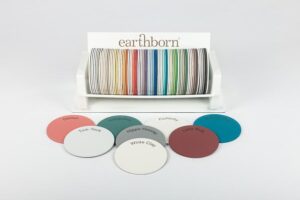
In a world that’s becoming increasingly environmentally conscious, many homeowners and renovators seek eco-friendly alternatives for their projects. Whether it’s a historic restoration, redecorating with
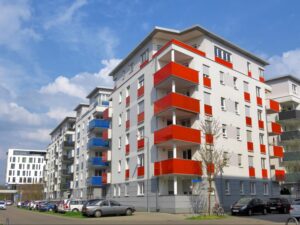
In the realm of urban renewal, sustainability has become a cornerstone of modern development. The need for environmentally conscious solutions has never been more apparent
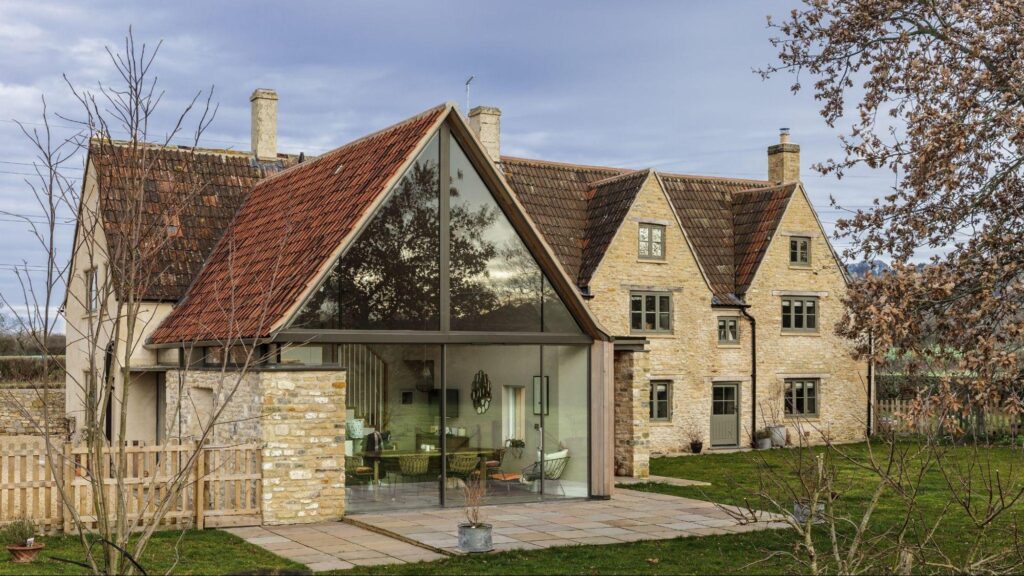
Restoring a period property is a labour of love that requires a deep understanding of historical architecture and a commitment to preserving the charm of bygone eras.
One of the key aspects of period property restoration is the careful selection of building materials. Choosing the right materials not only ensures authenticity but also contributes to the longevity and structural integrity of the building.
This guide will explore traditional building materials ideal for period property restoration.
Ready to restore your period property with authenticity and charm? Unearth the secrets of period restoration and bring history back to life. Contact us now for expert guidance on your project.
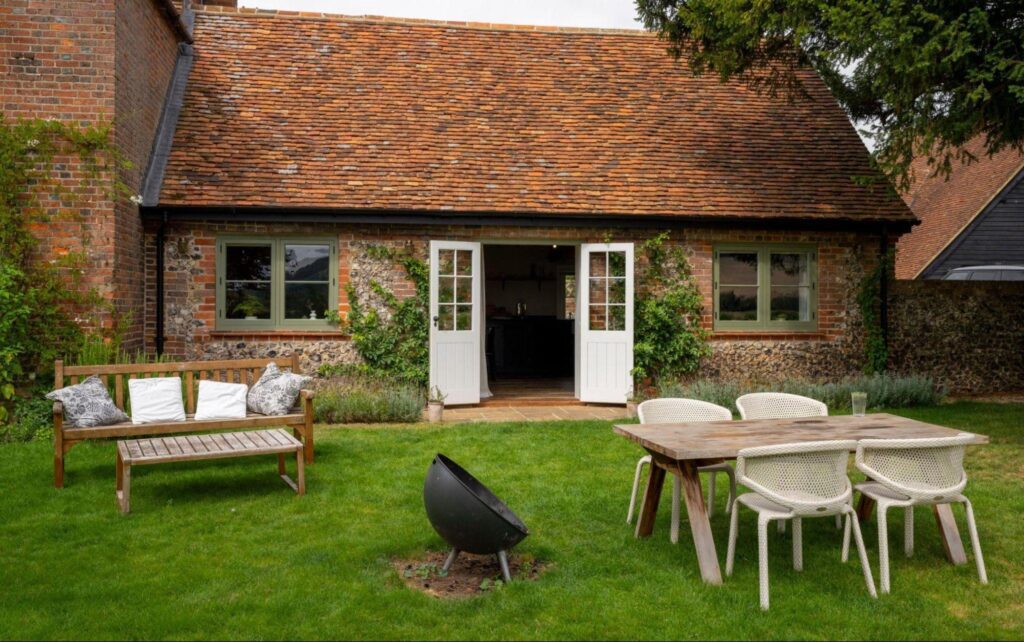
Period properties hold a unique charm, reflecting the architectural styles of traditional buildings. The restoration of such properties is about preserving history and also about maintaining the integrity and authenticity of the structure.
This process involves carefully considering materials, techniques and craftsmanship to ensure the restoration blends seamlessly with the original design.
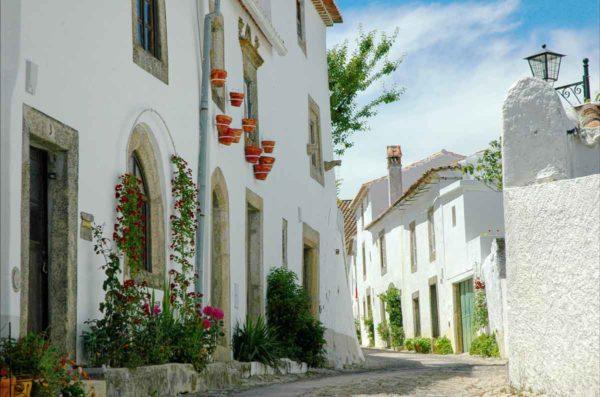
Lime has been a staple in construction for centuries, dating back to ancient civilisations. Its enduring popularity can be attributed to its versatility, breathability and compatibility with historic structures. Lime-based materials offer a natural, eco-friendly alternative to modern cement, allowing the building to breathe and preventing moisture-related issues.
Lime has been a versatile building material for centuries, offering a range of types to suit different construction needs.
From withstanding the elements to providing a timeless interior finish, the various types of lime cater to a wide array of applications.
Understanding the characteristics and properties of each type is crucial for ensuring the success of indoor and outdoor construction projects. Let’s delve into the distinct features and applications of hydraulic lime, non-hydraulic lime (air lime) and lime putty.

Lime-based materials play a pivotal role in preserving the breathability of period properties, offering a distinctive advantage over cement.
Unlike cement, lime possesses the unique ability to absorb and release moisture, effectively preventing the accumulation of trapped moisture within the structure. This characteristic is particularly essential for the well-being of historic buildings predating the prevalent adoption of contemporary damp-proofing methods.
By allowing the structure to “breathe,” lime-based materials mitigate the risk of dampness and potential structural damage, safeguarding the integrity of these venerable constructions.
This breathable quality is integral for the health and longevity of period properties, as it aligns with the historical construction methods and helps maintain the equilibrium essential for the well-being of these structures. Using lime-based materials is a strategic choice for preserving period properties, ensuring they withstand the test of time with resilience and authenticity.
Repointing, a crucial step in restoring period properties, involves refreshing the outer layer of mortar joints. Opting for lime mortar is key, as it faithfully replicates the original mortar’s qualities.
Achieving a precise match in composition with the existing mortar is vital for a smooth integration. Lime mortar is favoured because it accommodates natural movements and aids in safeguarding the building’s structural stability.
This traditional approach is effective and ensures a seamless restoration process, maintaining the structure’s authenticity.
Lime plaster stands out as a stellar option for preserving the genuine charm of period properties through impeccable interior finishes. Its smooth texture not only enhances aesthetics but also aligns seamlessly with the historical essence of such structures.
The breathable nature of lime plaster is pivotal, fostering an authentic and comfortable indoor environment. Additionally, its remarkable mould resistance safeguards the walls and promotes a healthier atmosphere within the property.
Choosing lime plaster for interior walls is prudent, as it upholds authenticity and ensures a visually appealing, durable and conducive living space for occupants.
Preserving and restoring intricate timberwork in period properties demands meticulous care.
Lime-based materials offer an ideal solution, ensuring longevity and health for the wood. Lime washes and paints are breathable, shielding against rot and decay.
Lime putty is a reliable, flexible filler for gaps and repairs, enhancing durability. This approach not only safeguards the historical aesthetic but also contributes to the structural integrity of the timber elements, aligning with the principles of responsible restoration.
Limewash, a classic touch for period properties, exudes timeless charm. Crafted from slaked lime, pigments and water, it forms a breathable and resilient coating. Its diverse color palette accommodates various architectural styles and is ideal for interiors and exteriors.
Beyond aesthetics, lime wash ages gracefully, developing a unique patina that enriches the building’s character. This traditional finish adds elegance and endures the test of time, making it a versatile and enduring choice for those seeking to maintain period aesthetics with a touch of sophistication.
Wrapping up restoring a period property is a meticulous process that demands a deep appreciation for traditional building materials.
With its timeless appeal and versatility, Lime stands out as a cornerstone in restoring historic structures. From repointing to interior finishes and timber restoration, lime-based materials are pivotal in preserving the authenticity and beauty of period properties.
Embrace the elegance of lime ensures that these architectural treasures continue to stand proudly, telling the stories of bygone eras for generations to come.
Curious about restoring the timeless charm of period properties? Discover the art of authentic restoration with our guide to traditional building materials. Read more about ‘Reviving Heritage Homes: The Ultimate Guide To Carbon-Neutral Lime Plasters‘ now!